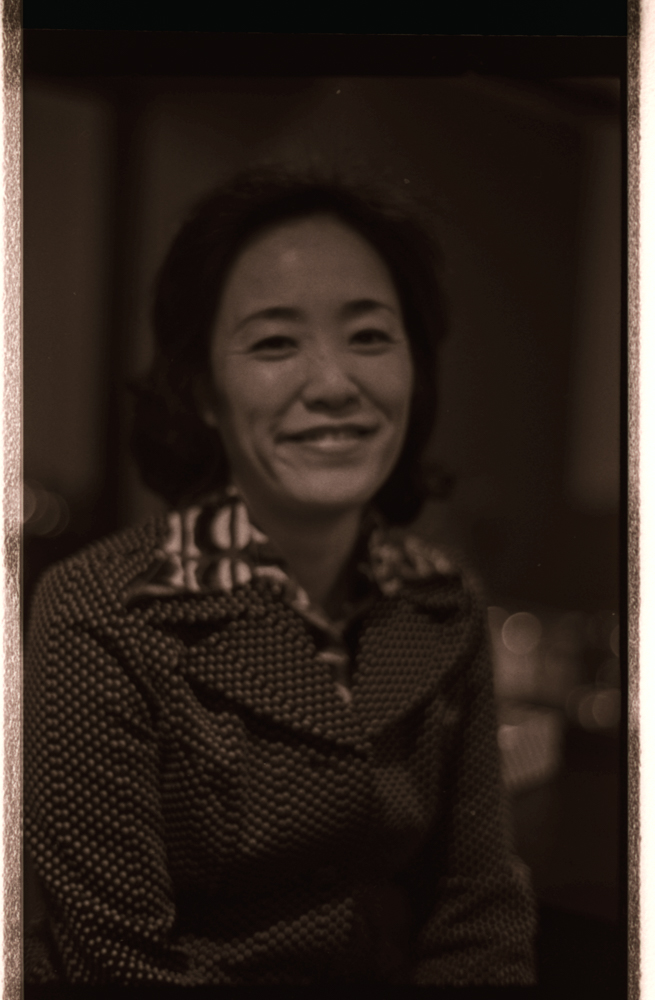“Better international understanding through cultural exchange for world peace”–this motto coined by Joan Hsu captures the essence of what was once the Overseas Chinese Music and Arts Center (OCMAC). Through her leadership, Hsu created an organization that aimed to become a bridge between Chinese and American cultures, using the universal language of the arts to foster mutual understanding and appreciation.
The photograph above captures a May 1973 performance, marking OCMAC’s 15th appearance at Pace College’s Schimmel Center. The program for the performance included three stage shows: “The Love Eterne,” a huangmei opera that was an adaptation of the Chinese legend of the Butterfly Lovers; “Romance of the Western Chamber,” a famous Chinese romantic comedy written by the Yuan dynasty playwright Wang Shifu; and a variety performance that showcased a plethora of dances and songs from different Asian cultures.
Joan Hsu incorporated the Overseas Chinese Music and Arts Center in New York City in 1959. The organization’s credibility and mission were formally recognized when it received tax-exempt status from the U.S. government in 1962, validating its educational and cultural objectives. OCMAC developed programming that brought Chinese culture directly to American audiences through performances which showcased the rich tapestry of Chinese cultural expression, including folk dancing, Chinese opera, and other traditional cultural activities.
By the end of 1965, the organization had put on 1,069 performances, a remarkable testament to both the demand for cultural programming and OCMAC’s dedication to meeting that need. The reach of OCMAC’s mission extended to hundreds of educational institutions across the country, demonstrating Hsu’s commitment to providing accessible cultural education. Of these performances, 800 were presented to audiences at the New York World’s Fair and at other public venues throughout New York. The organization successfully adapted to emerging media platforms, with OCMAC-sponsored programs also appearing on television, thereby expanding their audience reach significantly. The organization’s success in presenting over a thousand performances within six years of operation illustrated the hunger for cross-cultural understanding that existed among American audiences during this era. By providing authentic, respectful, and educational presentations of Chinese culture, OCMAC filled a vital role in promoting international awareness and appreciation.

